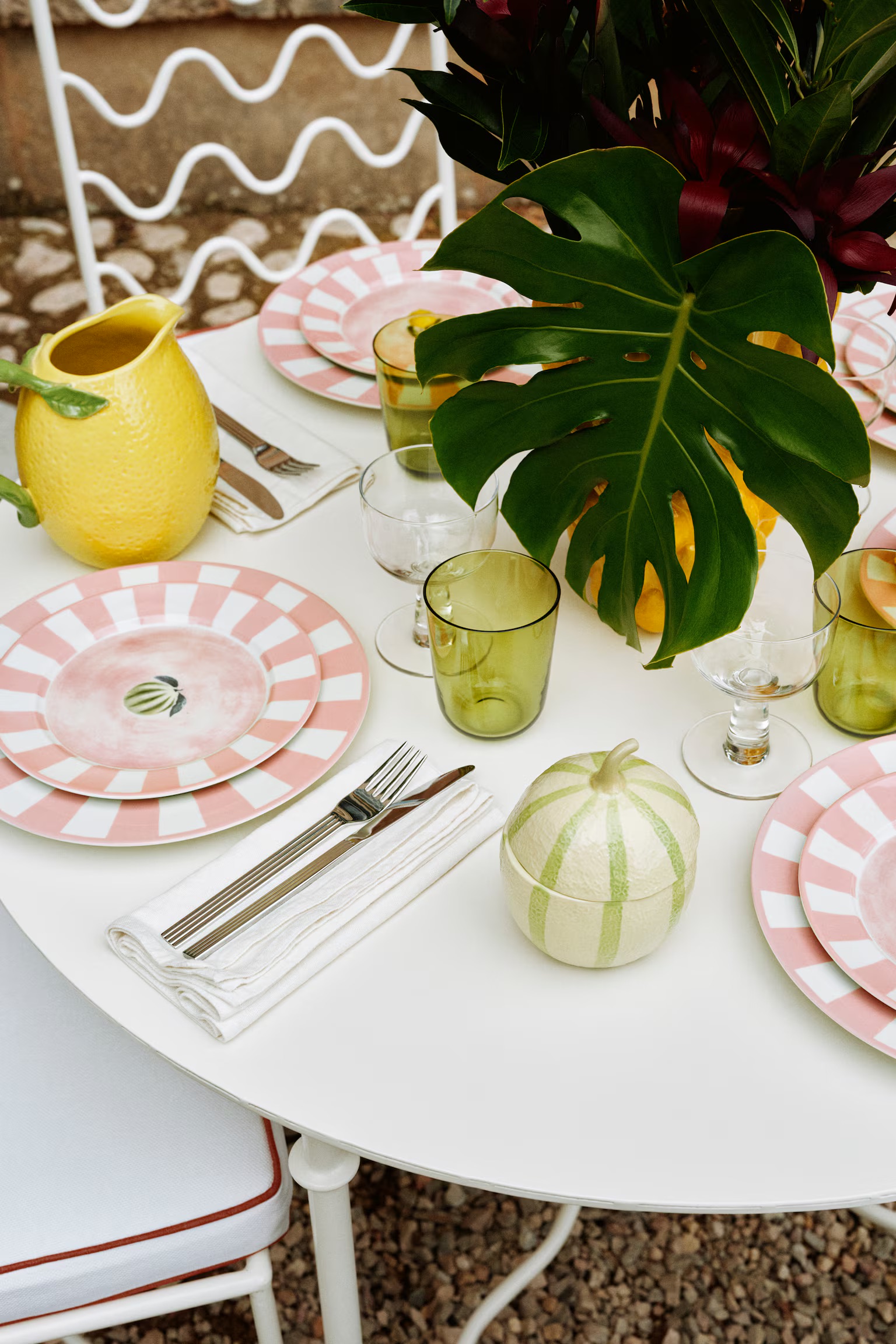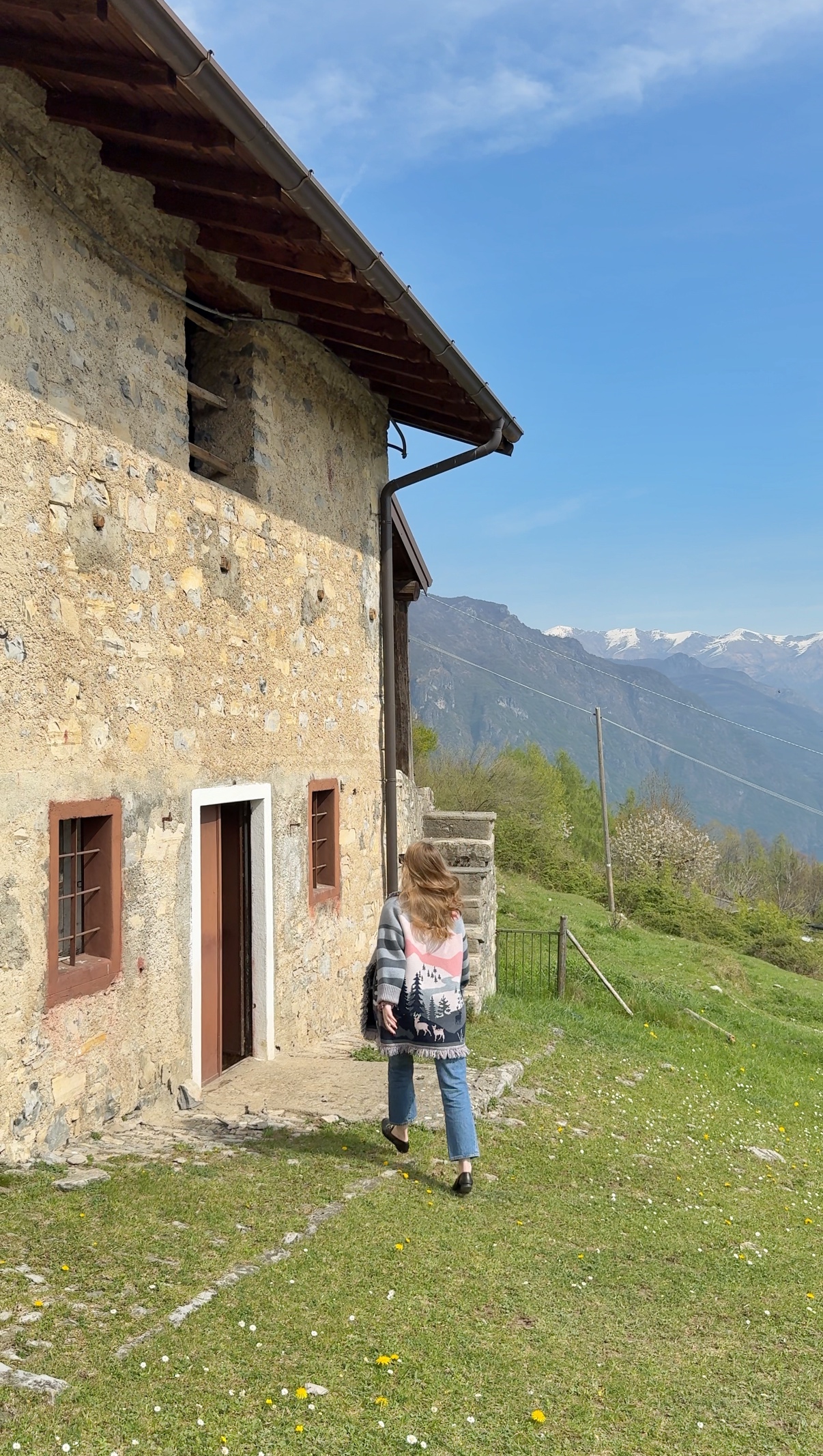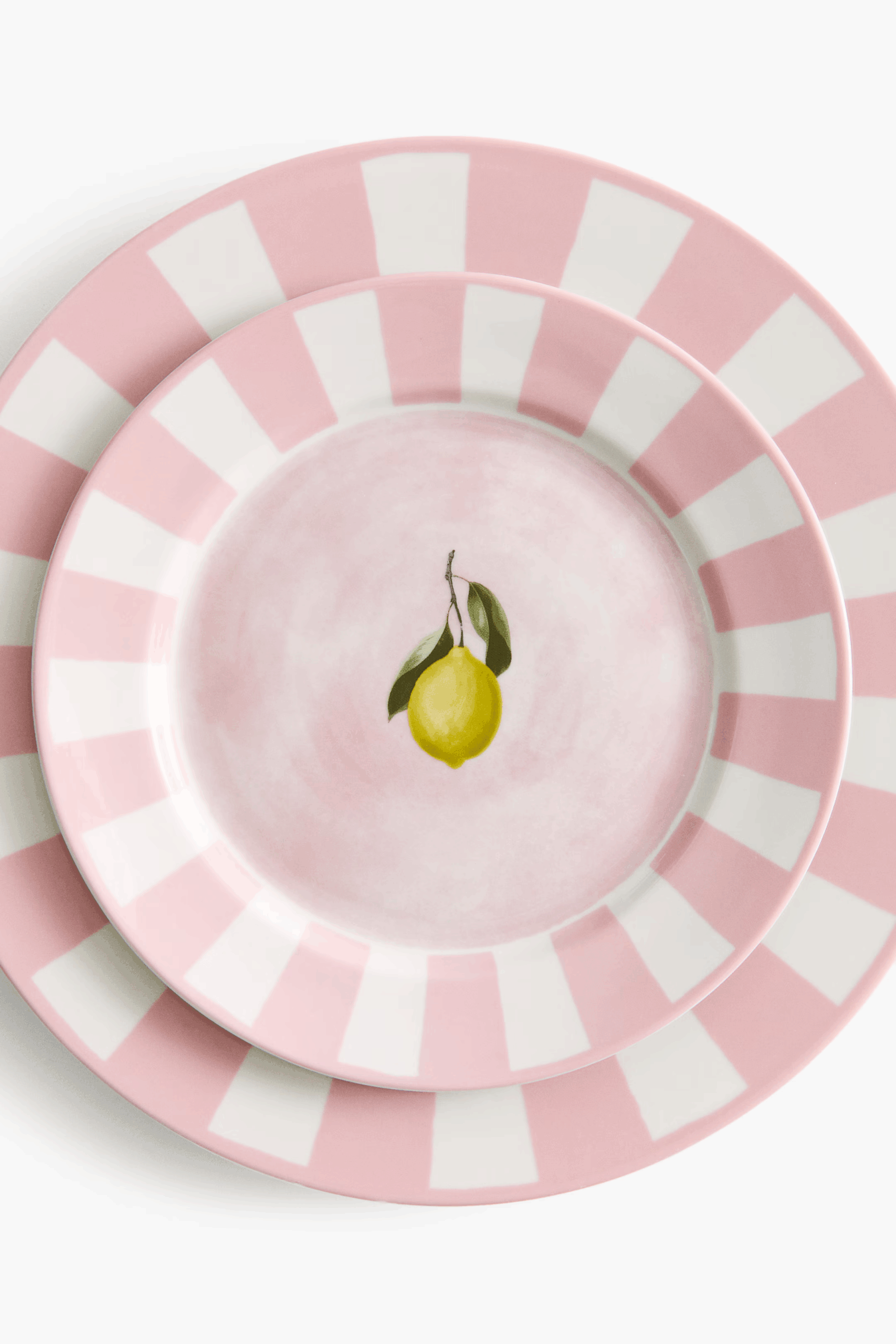4 General Pieces of Advice You Should Know Before Choosing One
Dining tables serve as the centerpiece of a home’s dining area, acting as a gathering spot for family meals, celebrations, and conversations. Choosing the right dining table can feel overwhelming due to the vast array of shapes, sizes, and designs available. This guide breaks down the options to help you find the perfect table for your space and needs.
1. Common Dining Table Shapes
The shape of a dining table significantly impacts the functionality and aesthetics of a dining area. Below are the most popular shapes, along with their characteristics and best-use scenarios.
Rectangular Tables
Rectangular dining tables are one of the most popular options, offering versatility and ample seating capacity.
- Best For: Larger dining rooms and long, narrow spaces.
- Seating Capacity: Typically accommodates 6 to 12 people, depending on length.
- Advantages:
- Ideal for hosting large gatherings.
- Commonly available, with a wide variety of styles and materials.
- Offers enough surface area for decorative elements, serving dishes, and place settings.
- Considerations: May not suit smaller spaces as it can feel overwhelming or cramped.
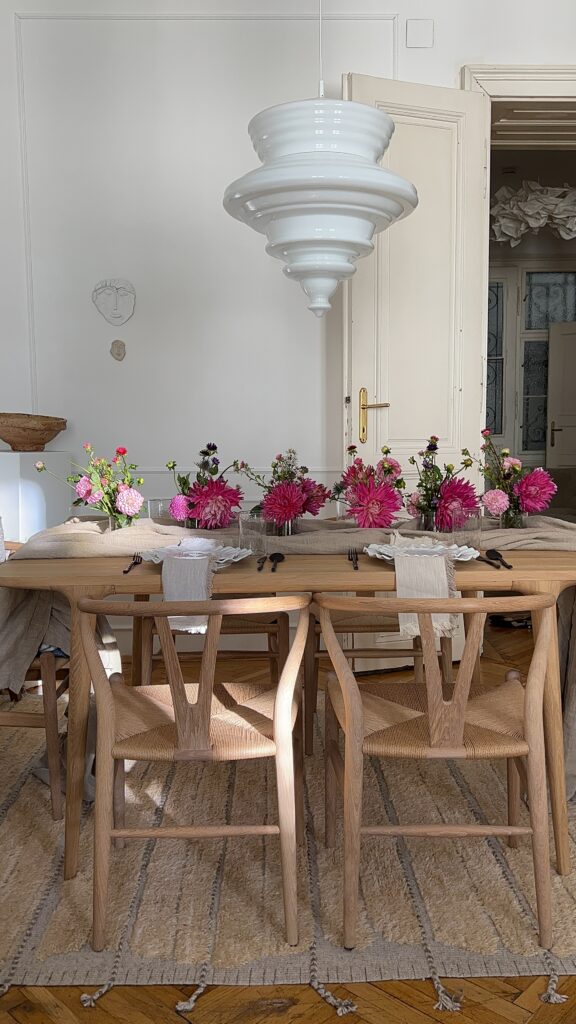
Round Tables
Round tables are ideal for creating an intimate and inclusive dining atmosphere.
- Best For: Smaller spaces and square-shaped rooms.
- Seating Capacity: Comfortably fits 4 to 8 people, depending on diameter.
- Advantages:
- Promotes conversation by allowing everyone to face one another.
- No sharp corners, making it safer for households with children.
- Works well in tight spaces.
- Considerations: Limited seating capacity compared to rectangular tables of similar dimensions.

Square Tables
Square tables are a contemporary choice, offering balance and symmetry.
- Best For: Small to medium-sized dining areas.
- Seating Capacity: Typically accommodates 4 to 8 people, depending on size.
- Advantages:
- Suitable for small families or couples.
- Provides a balanced look in square rooms.
- Can double as a work or craft surface in multi-functional spaces.
- Considerations: Not ideal for hosting large groups unless expandable.
Oval Tables
Oval tables combine the space-saving benefits of round tables with the seating capacity of rectangular ones.
- Best For: Medium to large dining spaces.
- Seating Capacity: Seats 6 to 10 people, depending on length.
- Advantages:
- Smooth edges enhance flow and accessibility in tighter spaces.
- Visually softer and less bulky than rectangular tables.
- Adds an elegant touch to traditional and modern interiors.
- Considerations: Less common, which may limit design options.

2. Sizing Your Dining Table
The size of your dining table should be proportional to the dining area and accommodate your household’s needs. Here are factors to consider when selecting the right size:
Room Dimensions
- Measure your dining space and leave at least 36 inches of clearance around the table for chairs and movement.
- For tighter spaces, opt for expandable or drop-leaf tables.
Seating Requirements
- Each person requires approximately 24 inches of table width for comfortable dining.
- Ensure enough legroom by checking the table’s height (standard height is 28-30 inches).
Standard Table Sizes
- Rectangular: Common sizes include 60” x 36” (seats 4-6) and 96” x 40” (seats 8-10).
- Round: Diameters typically range from 36” (seats 4) to 72” (seats 8).
- Square: Sizes include 36” x 36” (seats 4) and 60” x 60” (seats 8).
- Oval: Typical dimensions are 72” x 42” (seats 6-8) and 96” x 48” (seats 8-10).
3. Dining Table Materials
The material of your dining table affects its durability, maintenance, and overall aesthetic. Here’s an overview of popular materials:
Wood
Wooden tables are classic and versatile, with options ranging from rustic farmhouse styles to sleek modern designs.
- Common Types: Oak, walnut, maple, mahogany, and pine.
- Advantages:
- Durable and long-lasting.
- Warm, natural look that complements various decor styles.
- Easy to repair scratches and stains.
- Considerations: High-quality wood can be expensive, and softer woods like pine may dent easily.

Glass
Glass tables add a modern, airy feel to a space and are available in clear, frosted, or tinted finishes.
- Advantages:
- Creates a sense of openness, ideal for small spaces.
- Easy to clean and resistant to heat and stains.
- Pairs well with various base materials like wood or metal.
- Considerations: Prone to smudges and fingerprints; requires frequent cleaning. Can be fragile if not tempered.
Side note: I have to admit I am not the biggest fan of glass dining tables, as they make the space a bit larger and bring in a sense of it being lost. However, when done correctly, it can also be very useful for smaller spaces, leaving enough space to breathe. But overall, I believe glass dining tables are a bit more difficult to style than other options.
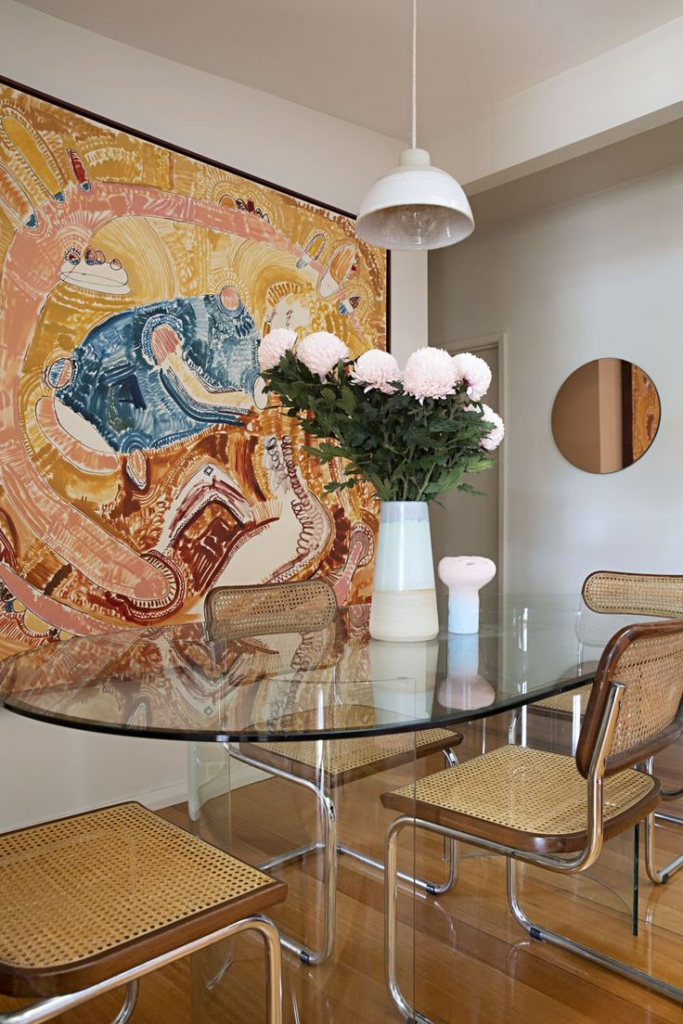
Metal
Metal tables or those with metal accents lend an industrial or contemporary look to dining spaces.
- Common Metals: Steel, aluminum, and wrought iron.
- Advantages:
- Extremely durable and low-maintenance.
- Resistant to wear and tear, including scratches and heat.
- Available in minimalist to ornate designs.
- Considerations: Can feel cold or impersonal if not balanced with softer elements.
Marble
Marble tables exude luxury and sophistication, often serving as a statement piece in the dining room.
- Advantages:
- Unique, natural patterns that add elegance.
- Durable and heat-resistant.
- Considerations: High maintenance due to susceptibility to stains and etching. Heavy and expensive.
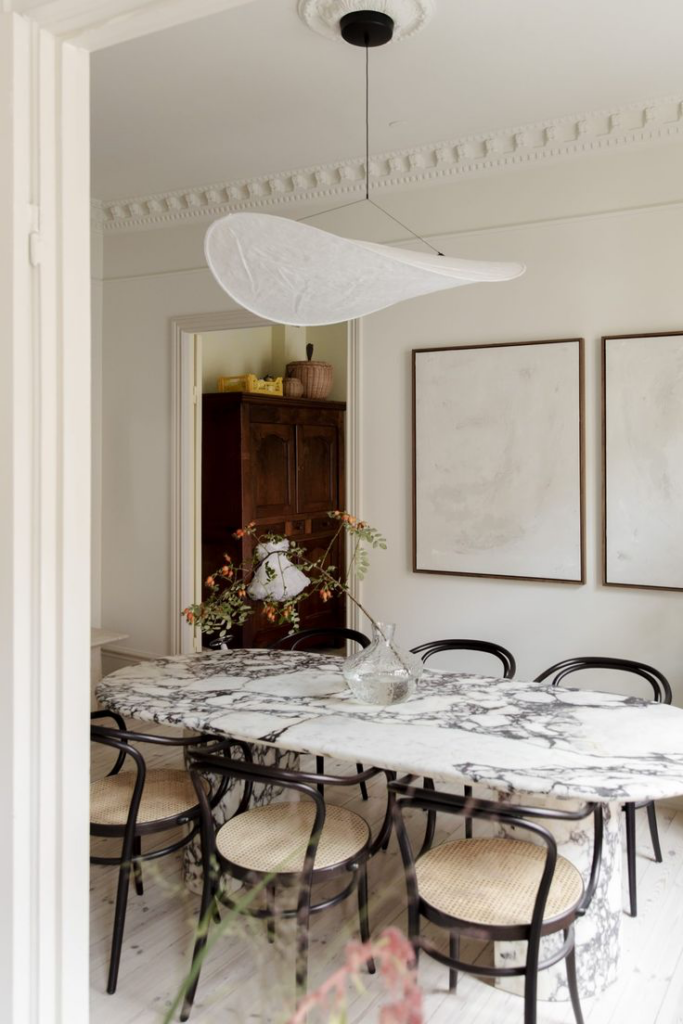
Laminate and Veneer
Laminate and veneer tables mimic the appearance of wood at a more affordable price point.
- Advantages:
- Budget-friendly and available in a variety of finishes.
- Resistant to scratches and stains.
- Considerations: Less durable than solid wood; veneers may peel over time.
Pro tip: I highly recommend to work with natural materials as much as possible. You’ll have a piece of furniture that lasts much longer and is more healthy to live with. A dining table can be an investment piece, so make sure to use it wisely!
Other Materials
Of course, there are also many other materials you can use for your dining table. Something that has become quite trendy are organic material dining tables in a plaster optic, such as micro cement. I adore this finish as it looks so clean and is nice to use.
Another way to work are different stones (similar to marble), reaching from travertine to unique finds, as well as classical pieces such as granite.
4. Special Features to Consider
Modern dining tables often include innovative features to enhance functionality and adaptability.
Expandable Tables
Expandable tables come with leaves or extension mechanisms to adjust seating capacity as needed.
- Types: Drop-leaf, butterfly leaf, or removable extensions.
- Best For: Homes that host occasional large gatherings.
- Considerations: Ensure the extensions are easy to operate and store when not in use.
Drop-Leaf Tables
Drop-leaf tables have hinged sections that can be folded down to save space.
- Best For: Compact apartments and multi-use rooms.
- Advantages:
- Flexible size adjustments.
- Lightweight and portable.
Built-In Storage
Some dining tables feature built-in storage, such as drawers or shelves, for added convenience.
- Best For: Small spaces where maximizing storage is crucial.
- Advantages:
- Keeps tableware, linens, or accessories within reach.
- Helps declutter dining areas.
5. Style and Aesthetic Options
The design of your dining table should align with your home’s overall aesthetic. Below are popular styles to consider:
Traditional
- Features ornate details, carved legs, and rich wood finishes.
- Best paired with classic decor and formal dining rooms.
Modern
- Characterized by clean lines, minimal ornamentation, and materials like glass and metal.
- Complements contemporary and minimalist spaces.

Rustic/Farmhouse
- Emphasizes natural wood tones, distressed finishes, and sturdy construction.
- Ideal for cozy, casual interiors.
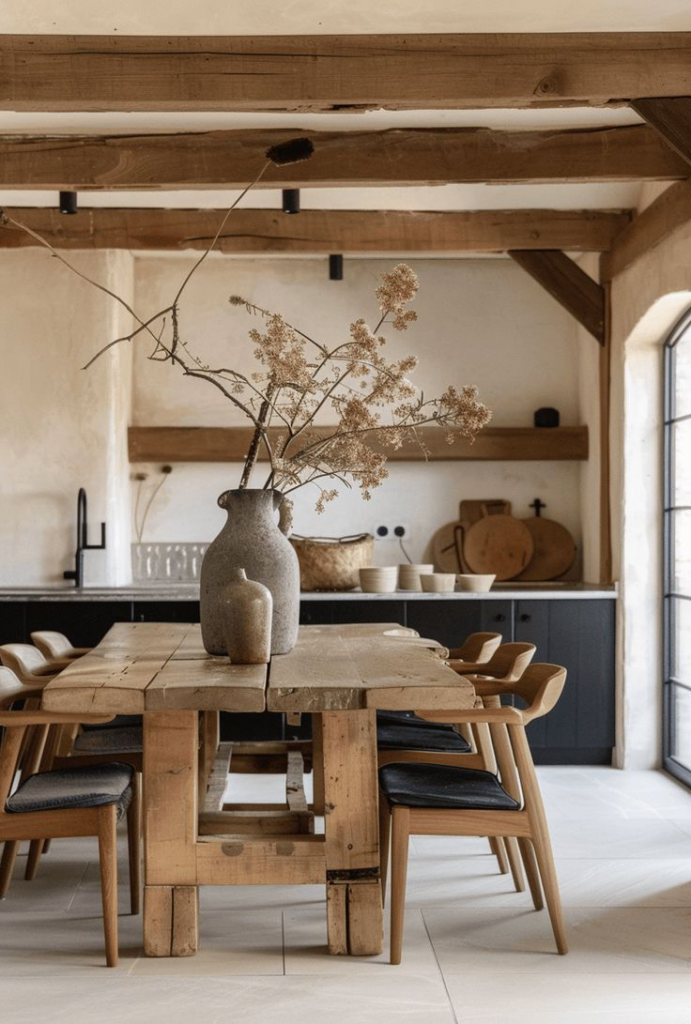
Industrial
- Combines wood and metal for a raw, edgy look.
- Works well in urban lofts and modern homes.
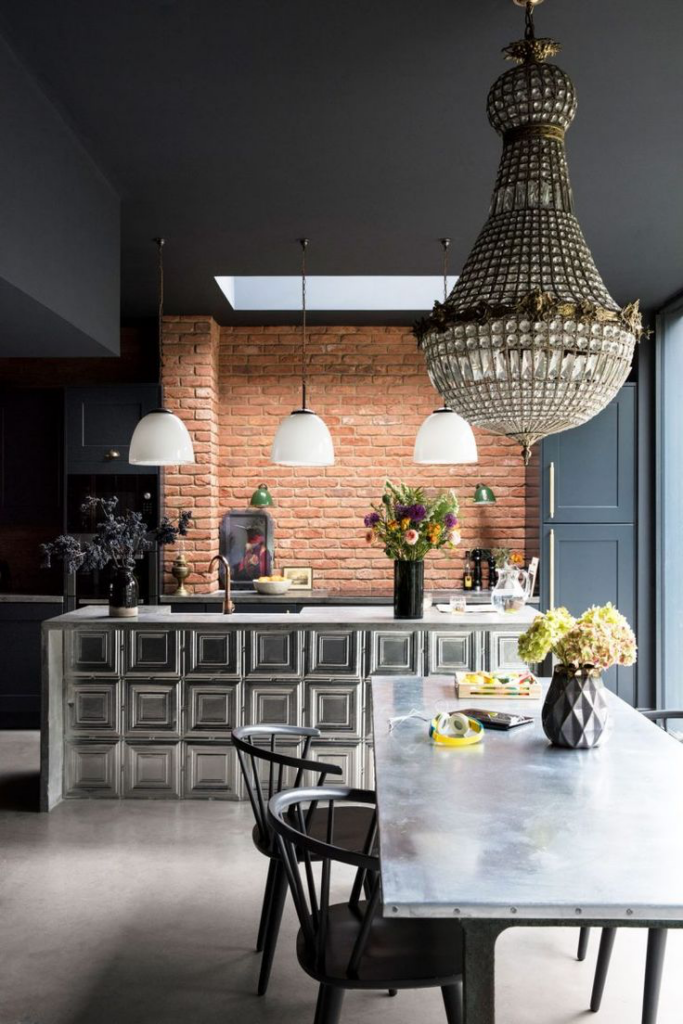
Mid-Century Modern
- Features tapered legs, organic shapes, and a blend of wood and retro accents.
- Perfect for vintage-inspired or eclectic spaces.

6. Tips for Making the Final Choice
- Measure Your Space: Use painter’s tape to outline the table’s dimensions on the floor to visualize how it will fit.
- Consider Your Lifestyle: Families with young children may prioritize durable, easy-to-clean materials. Frequent hosts might opt for expandable designs.
- Match with Seating: Ensure chairs complement the table in height, style, and comfort.
- Balance Function and Style: While aesthetics are important, prioritize functionality to ensure your table meets your daily needs.
Conclusion
The right dining table can transform your dining space into a functional, welcoming hub for everyday life and special occasions. By considering shape, size, material, and style, you can select a table that suits both your practical requirements and personal taste. Take your time exploring options, and you’ll find the perfect centerpiece for your home’s dining area.
Looking for more inspo? Make sure to also read our blogpost on tiny kitchen designs here.
Not sure how to style your dining room? I got you! In my online course I share how to style and decorate your home, including a detailed lecture on the dining room. We are talking through different dining room layouts, dining tables, chairs, what to combine, as well as different step-by-step stylings so you can decorate your dining room correctly too. Make sure to join here!

